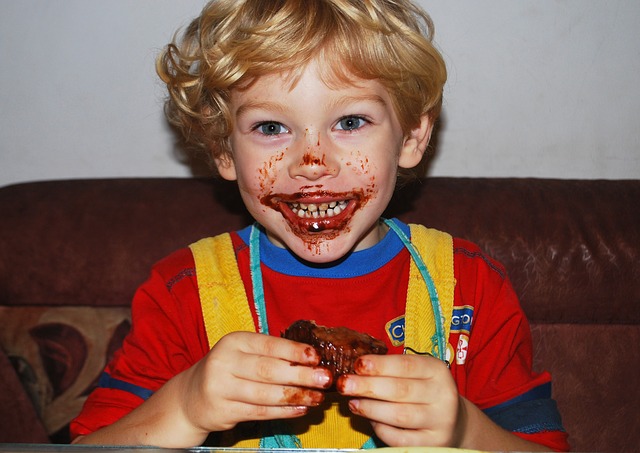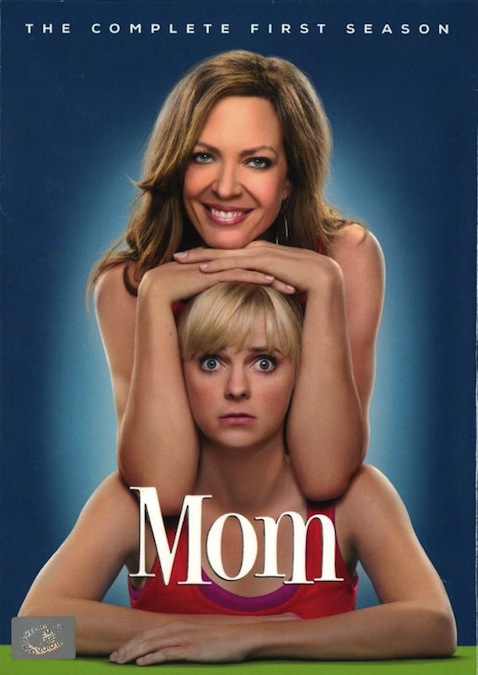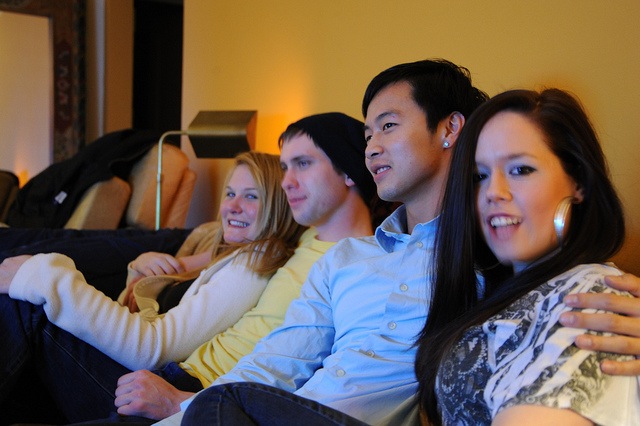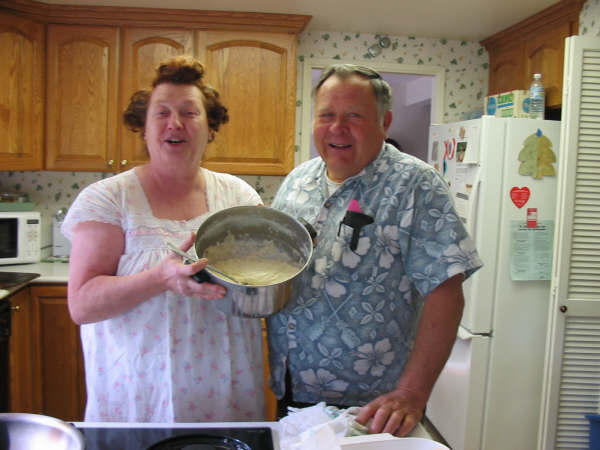“Where are the books about the CIA? I want to learn about them because I think I might make a good spy when I get older.”
“Let me show you how to find them yourself.”
I was nine years old, and that was my first conversation with Sherry Thompson. I had just transferred to Harding School, and she was the librarian.
She led me over to the card catalog (for you kids in the audience, like Yu-Gi-Oh cards, only with less information on attack points, and more information on how to find a book) and showed me how it worked.
Not only did I learn about the CIA, the FBI and British Intelligence that day, I finally solved the mystery of who that Sarah Bernhardt lady was that my grandma was always comparing me to.
All of those cliches about libraries opening doors came true in that magical place. I was hooked.
It wasn’t about falling in love with reading; I had caught that bug years before. My mom was a teacher, for heaven’s sake, I certainly didn’t need a librarian to encourage me to read.
But Mrs. Thompson introduced me to research, and I dove right in with vigor, the beginning of a new life-long love.
Learning how to find information, to answer questions all by myself, gave me such a sense of sovereignty over my world. Learning to explore the world of information was just as important to me as learning how to flirt with boys or learning how to swim. I felt like I had harnessed the powers of Wonder Woman, Nancy Drew and Batgirl (a librarian in disguise). I could solve just about any mystery in the world by wielding my magical powers over the Dewey decimal system. What could be better than that?
Mrs. Thompson became my concierge into the world of information, instilling in me the eternal joys of a motivated mind. She was always encouraging me to try to find out the answers by myself, but keeping an eye on my progress –and always right there when I needed help. For me she was the perfect kind of teacher.
I thought a lot about her last week when I watched the school board vote to reassign all the librarians to classrooms and let the clerks take over. All of those mental doors she helped me open that probably would have remained closed without her.
Sure, a clerk could have found me a book on the CIA, or an encyclopedia entry about the FBI, but I doubt they would have shown me how to find it myself. And I certainly doubt they would have noticed my preference for fiction and promised me a lunch at the Yacht Club if I could read every biography in the school library.
To this day, that was still the best burger I’ve ever had.
Mrs. Thompson was the first person I ever knew that died. I was 13 and knew enough to do some research about cancer, thanks to her.
“Don’t worry. I’ll still be looking out for you,” she told me.
I didn’t believe her then, but now I do.
And I know what she thought about that school board meeting.
Yes, the public schools are in a budget crisis, but asking a school, “an institution of learning,” to do without a trained librarian seems absurd to me, like asking someone whether they’d rather have an arm cut off or a leg. Cutting off our kids from such an important resource seems just as horrendous, especially in a place like Santa Barbara, where the measly $250,000 it will save the school district next year wouldn’t even buy a driveway for a tract house on the Mesa.
American Libraries columnist Will Manley calculated almost a decade ago that if librarians were paid at market rates, they would have annual salaries well over $200,000. For those of you who refuse to pay retail, this is the bargain of a lifetime.
Surely this community can come up with a way to save the library program. Reassignment notices have already gone out to the librarians, so now’s the time to sink or swim.
“In the nonstop Tsunami of global information, librarians provide us with floaties and teach us how to swim,” wrote Linton Weeks in the Washington Post.
Doesn’t every kid in Santa Barbara deserve to learn to swim?



 I did all of my best parenting before I had children.
I did all of my best parenting before I had children.



 Are you there God? It’s me Leslie (or Andrea, or Susie or Jacqueline …).
Are you there God? It’s me Leslie (or Andrea, or Susie or Jacqueline …).